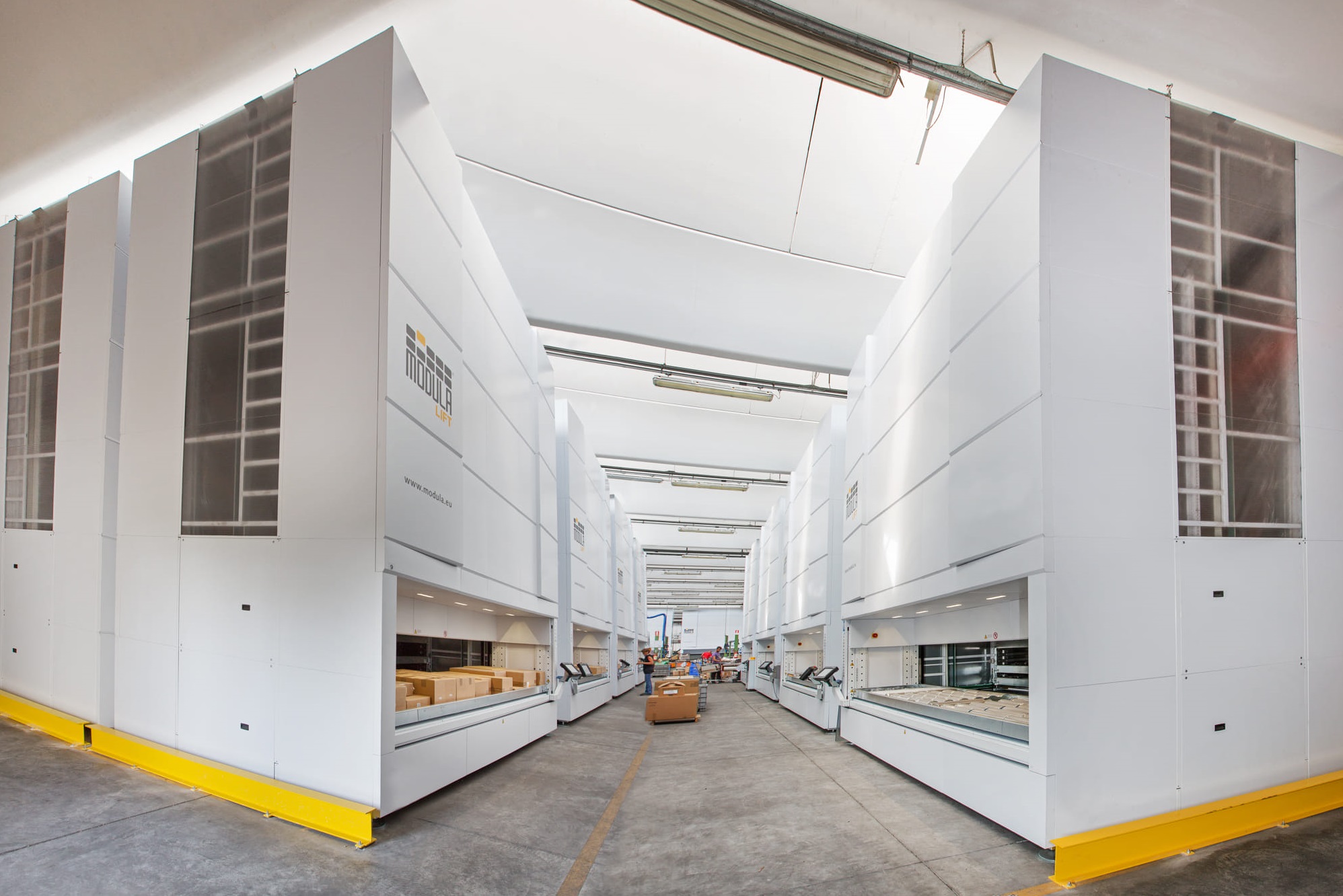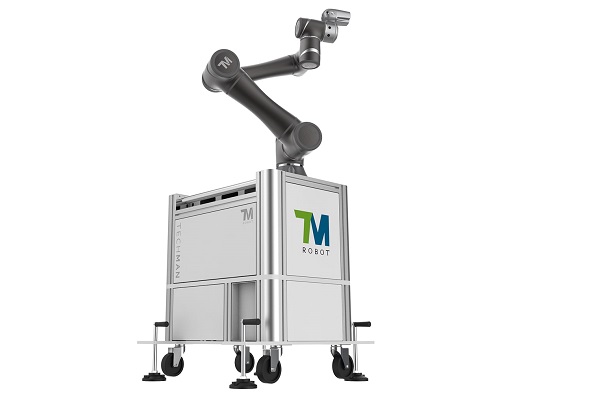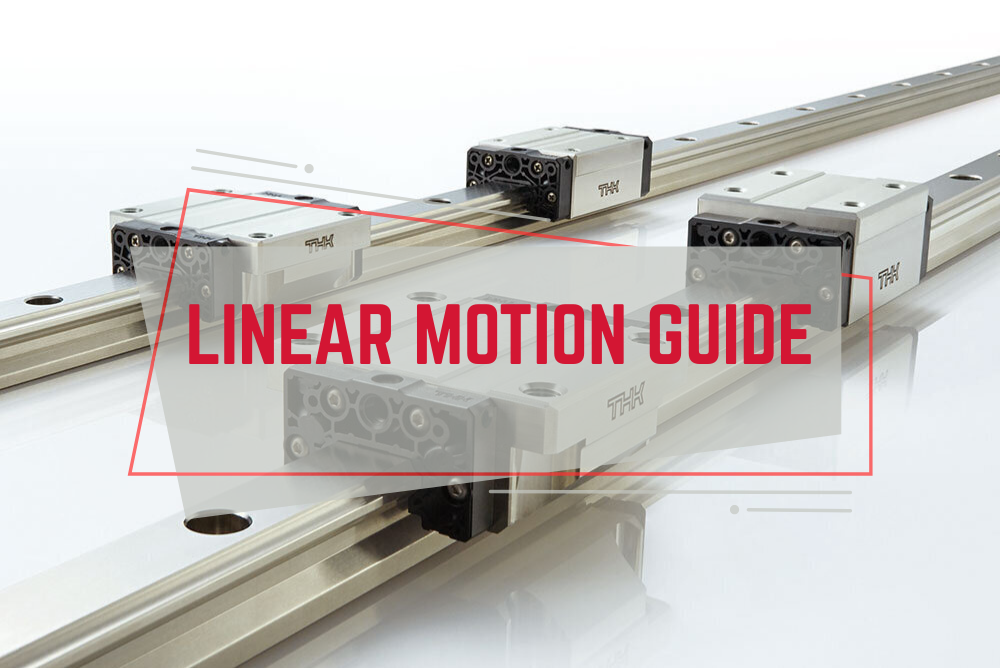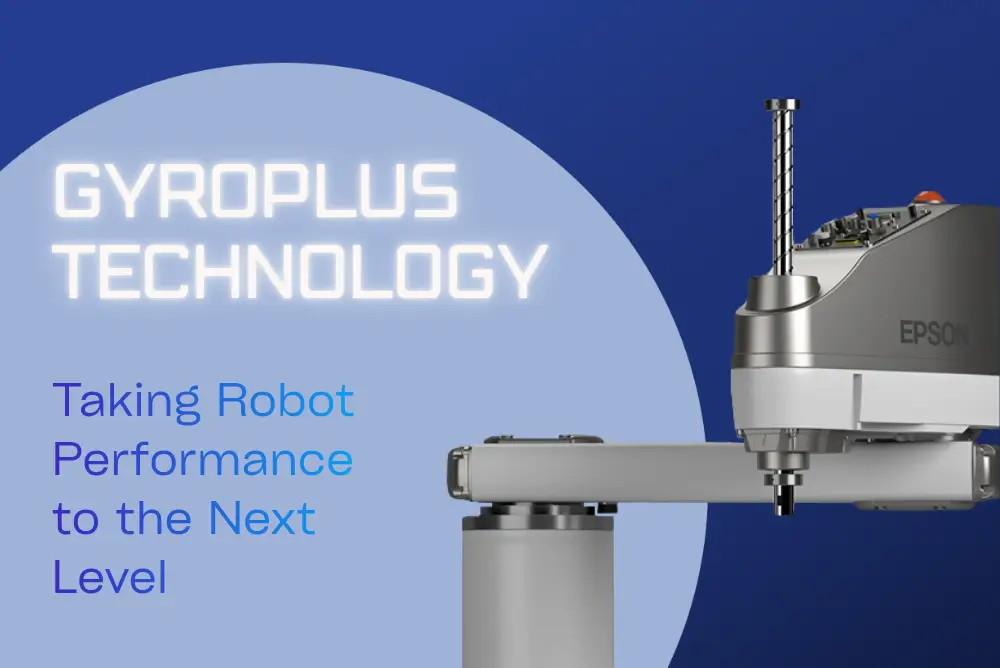What is a flexible feeder?
The flexible feeder is a feeding system used to feed or load parts into a manufacturing process. The feeding system plays an important role in many production lines.
A part feeding system usually consists of three parts: a flexible feeder (used to feed the parts), a vision system (to help the robot recognize standard parts and locate its position) and a robot (used to pick and place the part).
Three parts of a flexible feeding system: a feeder, a vision system and a robot
The main advantage of the flexible part feeder is that it allows feeding a wide variety of workpieces with different shapes, sizes and weights, easily changing products or changing applications without any effort to setting mechanical. The only thing you need to do when changing products or changing applications is to select the right program for the product with one click (Temas flexible part feeder can save up to 100 programs!). Therefore, instead of investing in a new part feeding system each time you change products or deploying a new application (since each normal part feeding hopper is only designed to fit a certain product size), using a flexible part feeder will save you a lot of costs.
PC software for flexible feeder system
With the increasing use of robots in production lines, flexible part feeders are one of the most suitable and effective options, but they are not suitable for all situations. An automatic part feeding system should be designed and evaluated based on the actual situation of the business. Let’s look at how we evaluate an application to see if it’s a candidate for flex feeding.
Typically, we will assess to determine if a flexible feeder is right for our customers. The purpose of this is to eliminate possible risks in implementing a new system and ensure that your project is completely successful.
Step 1: Determine which flexible part feeder is the best for your application
This step involves studying the size, shape, mass and condition of the parts to be fed, as well as the application requirements, and then selecting the most suitable flexible part feeder.
Currently, Temas is providing three models of the 3D flexible feeder with different sizes for different applications: TMF-150, TMF-300, and TMF-500.
| TMF-150 | TMF-300 | TMF-500 | |
|
External Dimensions W x D x H (mm) |
150 x 200 x 204 mm | 212 x 332 x 159 mm | 380 x 540 x 186 mm |
| Platform size | 93 x 134 mm | 180 x 192 mm | 300 x 400 mm |
| Feeding parts size (typical) | 1 - 25 mm | 2-50 mm | 2-150 mm |
| Weight | 6 kg | 10 kg | 16 kg |
Stable State (OK status) - how to determine whether a part is a reference workpiece that meets the requirements. Some types of parts have only one OK status, and some other types of parts have more than one qualifying status for feeding. This will help us determine if the product needs to be flipped multiple times in the tray or not for easy and precise feeding.
Condition of the part to be fed: The part has particles or oil could require a different feeder than the “clean” part.
Application environment: Will the feeding system be operated in a clean environment or an oil mist environment?
Temas will conduct surveys, research and advise on the most suitable and effective bar feeder for customers' applications.
Step 2: Assess machine vision
The next step is to assess whether the machine vision is suitable for use with the flexible part feeder. For Temas flexible 3D part feeder, we use machine vision from the integrated camera on the Techman 6-axis collaborative robot arm with 2D and 3D camera options, well-researched for the feeding application without complicated installation.
Using Temas flexible part feeding system including the Techman collaborative robot and the Flexible 3D feeder, you can use the Techman robot for applications other than part feeding such as pick and place, palletizing, checking, screwing, dispensing,...
However, if the customer chooses to use the external vision system themselves, we will evaluate the machine vision system: the vision system can accurately determine the shape, and position of the parts, detect the direction of the part, etc.
Step 3: Provide a fully integrated solution
The final step is to deliver a complete and reliable integrated part feeding solution for your automation line. We have more than 10 years of experience in the field of automation with experienced engineers, fully integrated part feeders, and robots with perfect machine vision systems for a variety of applications. We also offer programs tailored to each customer's product. This will save you time and costs.
Temas 3D Flexible Part Feeder - a fully integrated feeding solution
Read more: FLEXIBLE PART FEEDER - THE MOST ADVANCED AUTOMATIC PART FEEDER
When Wouldn’t Flex Feeding Work for You?
Although the flexible 3D part feeder has many advantages over the traditional feeder, there will be some cases where the flexible bar feeder does not really make sense.
Firstly, your part is too large for the feeder tray. We prepare 3 models with different tray sizes to accommodate different shapes and sizes of parts, however if your parts are too large for the feeder trays, they will not accommodate.
Or if your production line requires only one part, the part does not change for a long time in shape and size, or does not require too much precision, flex feeding is probably not a good fit. You can simply use traditional feeders such as vibrating hopper feeders, rotary feeders or linear feeders.
Bowl part feeder
Rotating cage feeder
The outstanding advantage of the flexible part feeder compared to the traditional feeder is that it is designed for applications where it is necessary to feed many parts of different shapes, sizes, and changeable parts over time, or the customer wants to use one feeding system for many different types of parts. So if you only need to feed a single part for a long time and have no need to change, you can refer to some traditional feeders here.
.png)
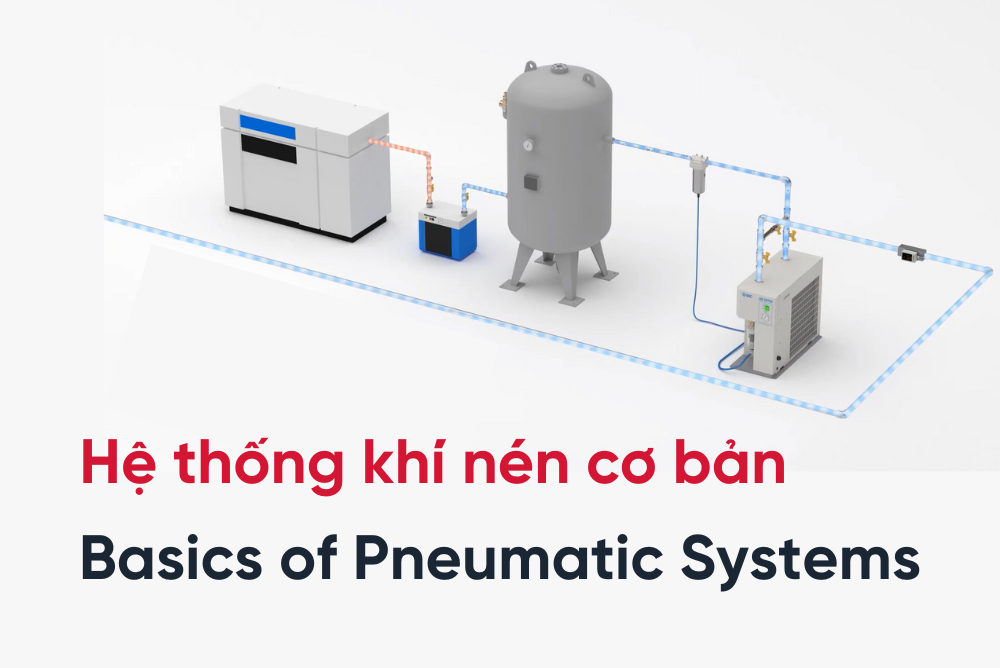
 Read more
Read more
